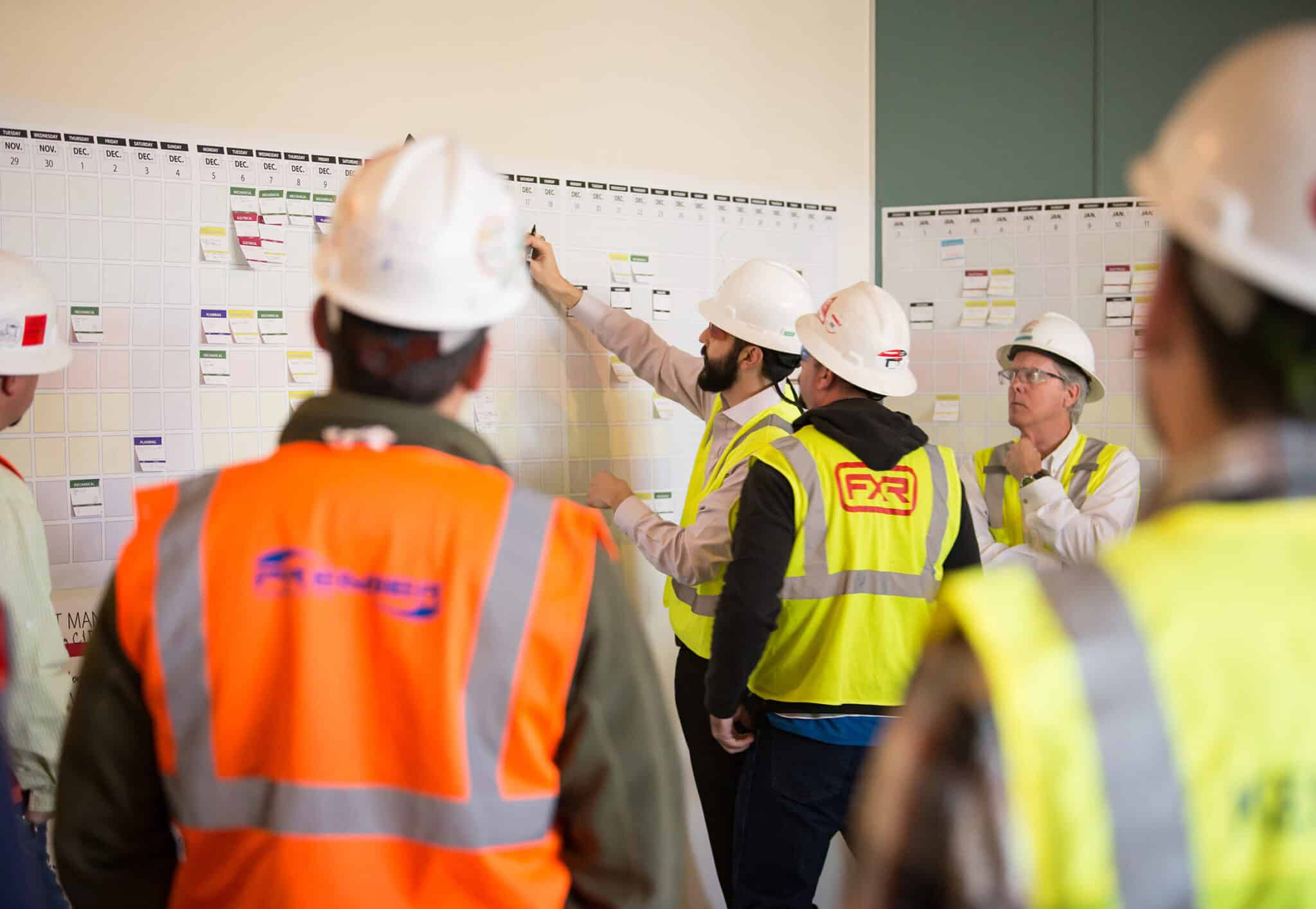Our 47 years in construction has shown us that there are a few common “ailments” in our industry that can (to one degree or another) lead to a project’s failure and ultimately a dissatisfied client. These ailments are applicable to all construction types.
Whether you’ve hired Skiles Group or another GC to work for you, we hope to simplify your construction experience and help you to find your way towards the completion of a successful project. We believe that in being proactive and thoughtful about the prevention of these foreseeable, typical problems, we can increase the likelihood that you’ll succeed with your project’s goals.
This Clinic is Part #3 of a special blog series written with you, the potentially dissatisfied client, in mind. Read Part #2 on Inadequate Schedule Management.
Clinic #3 – Inability to Lead an Inexperienced Client
SYMPTOMS: Patient presents with feelings of being overwhelmed and unprepared for this, their first construction project.
Chief complaint is that they are constantly surprised by the things they don’t know, and feels unprepared to make time-sensitive decisions. Worse, they feel as though the general contractor could be taking advantage of their lack of experience.
Patient also reports feeling stressed by competing priorities — they are short-staffed, and their work keeps them very busy. Construction-related issues are both an intrusion and a headache.
DIAGNOSIS: CONTRACTOR’S INABILITY TO LEAD AN INEXPERIENCED OR DISORGANIZED CLIENT.
CAUSE: Sometimes as a client, you have limited experience with construction, or have experienced a different process from that of the contractor. Sometimes your internal decision-making process is unclear. Furthermore, it’s always important to remember that construction projects are a rare or infrequent part of your job, and — regardless of that fact — you will always have several other competing priorities. Unless the contractor is aware of or is able to identify your inexperience or organizational difficulties and lead you towards a simplified construction experience, the result will be frustration, and lost time and cost for all participants.
TREATMENT: Repairing the damage is difficult, but not impossible. Be open with your contractor, letting them know your expectations and need of their help. It’s important that you are able to recognize their efforts to correct any misunderstandings and move forward together as a team. After your contractor becomes aware of the problem, they should take the following steps to begin the healing process:
- Share process examples from other, similar projects
- Help you network to find resources with relevant peers
- Help to educate you on their business — reset your expectations
- Use work registers & action items to help keep you on track
- Not be afraid to lead/direct & maintain control of the dynamic
- Cater to your needs for information and requests for information
- Be proactive as they go forward — avoid more pitfalls
PREVENTION: Identifying a problem and working to fix it is good, but anticipating a problem and working to avoid it is better. Ideally, everyone involved wants to avoid damaging the client/contractor relationship, detrimental cost and schedule impacts, aggravation for stakeholders and team members, and any other negative ramifications of predictable project illnesses like this one.
Ultimately, less time and money will be spent on preventions than on cures. Taking care to avoid obstacles and mitigate the impacts of a construction project is part of a contractor’s responsibility to provide you with a simplified construction experience. For these reasons and others, prevention should always be a shared priority. Steps that your contractor can take to prevent this illness include:
- Recognize what kind of client you are early on
- Define what value and success means for you
- Map the value stream to show you the flow of process steps
- Commit to frequently communicate with you
- Explain their processes and the logic behind them
- Ask you if you have questions or need more information
- Be honest and available — build trust
- Warn you of potential pitfalls in advance — be proactive
A construction project is a team effort, and you shouldn’t underestimate your responsibilities towards prevention, too. Your contractor is your advisor, but they are also your partner. Work with them by helping them understand how to work with you. Ask questions, share your ideas, and clearly communicate your hopes, needs, and expectations for the smooth delivery of your project early on, so you kick off your project and start working together with your best foot forward.




